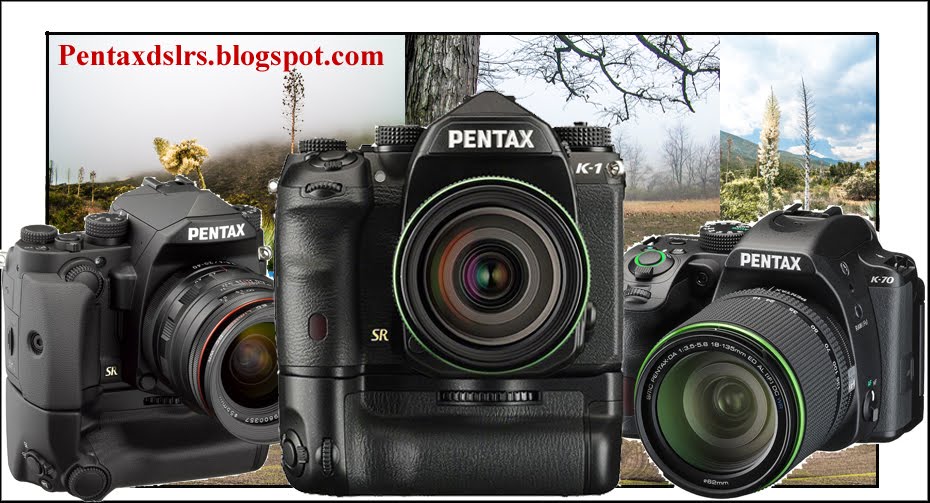Ansel Adams is probably the most influential photographer of all time.
There is this continuing debate about post-processing images being sort of cheating as the final results are not exactly what the original photograph looked like. Ansel Adams modified his negatives in the darkroom to where the final results weren't exactly like the original shot. He called that "Visualization" and as he said himself in the following video clip; "I come across something that excites me, I see the picture of my mind's eye, and I make the photograph. Now I give it to you as equivalent to what I saw and felt. The whole key lies very specifically in seeing in the mind's eye, which we call visualization".
Ansel Adams post-processed his negatives in his darkroom to where the pictures weren't necessarilly reality as he had seen them, but the way he had visualized the photographs in his mind's eye. It is very much the equivalent of today's digital photographs, post-processed in a digital darkroom. If it was okay for him, it must be okay for me.
I use Adobe Lightroom in my workflow and I always tweak my pictures to what my mind's eye saw. We are so lucky to live in a time where we have so much latitude in our creativity.
See the video and interview of Michael Adams, son of Ansel Adams, and Ansel Adams himself toward the end of the video.
Ansel Adams post-processed his negatives in his darkroom to where the pictures weren't necessarilly reality as he had seen them, but the way he had visualized the photographs in his mind's eye. It is very much the equivalent of today's digital photographs, post-processed in a digital darkroom. If it was okay for him, it must be okay for me.
I use Adobe Lightroom in my workflow and I always tweak my pictures to what my mind's eye saw. We are so lucky to live in a time where we have so much latitude in our creativity.
See the video and interview of Michael Adams, son of Ansel Adams, and Ansel Adams himself toward the end of the video.
http://www.fastcompany.tv/video/michael-adams-yosemite
I saw the above link on Photo.net, posted by "Fredrik Rygge" and I thought it was very interesting and worthy of sharing it with all of you. I hope you enjoy it.
I saw the above link on Photo.net, posted by "Fredrik Rygge" and I thought it was very interesting and worthy of sharing it with all of you. I hope you enjoy it.
P.S. I am taking a week vacation starting on July 3rd, and I will be spending the week in Yosemite National Park, actually in Tuolumme Meadows which is on the East side of Yosemite. I am bringing all my Pentax gear but, specifically, I will be trying the K20D and the K200D and the new DA*200mm and 300mm lenses. I will post photographs and a photographer's review of the cameras and lenses upon my return. 

 Thank you for reading,
Thank you for reading,


 Thank you for reading,
Thank you for reading,Yvon Bourque










 I only go as far as my Jeep will take me.
I only go as far as my Jeep will take me.







